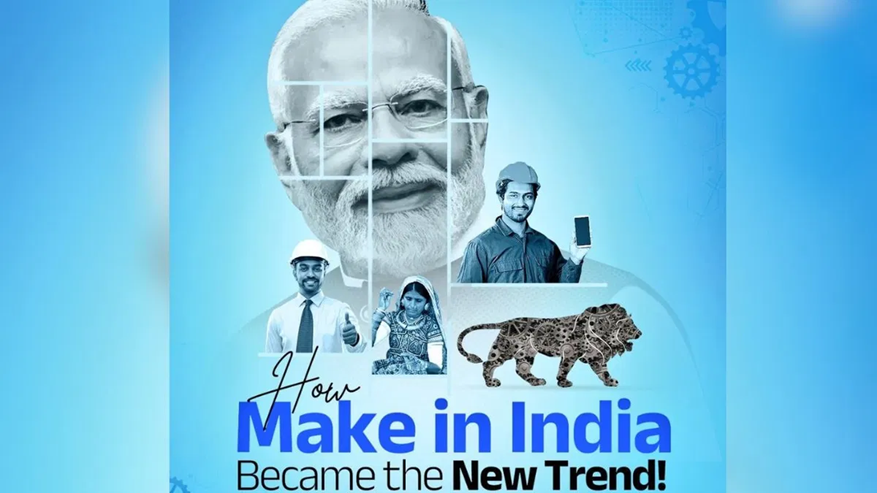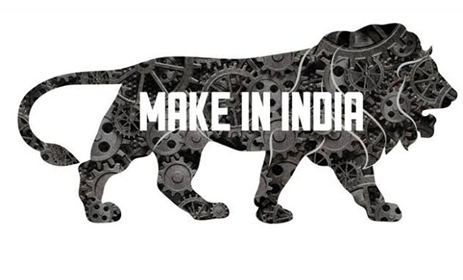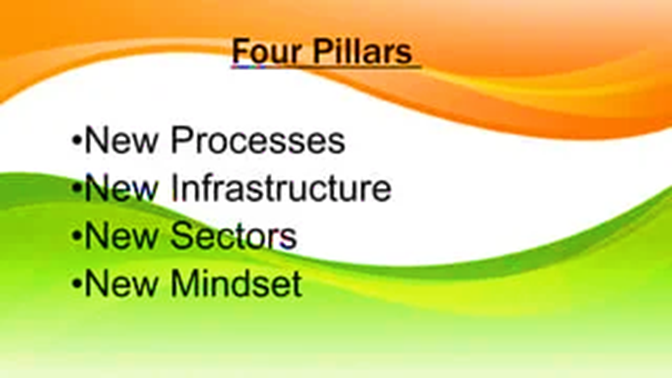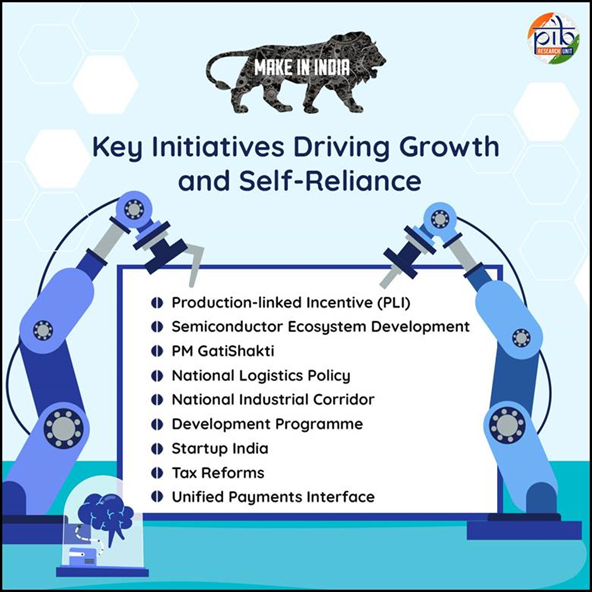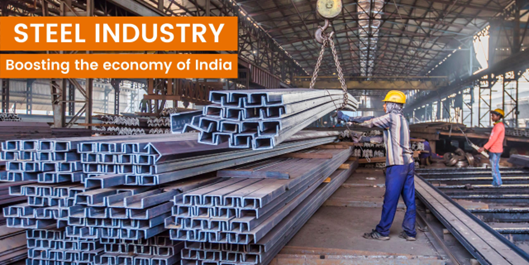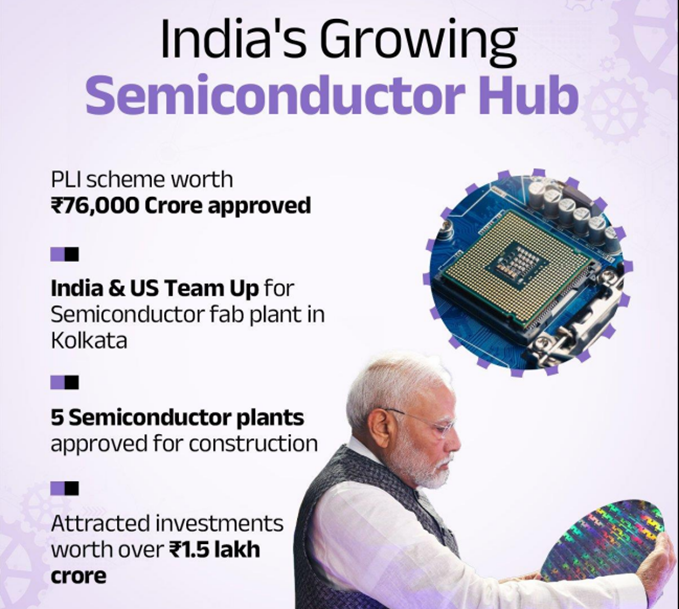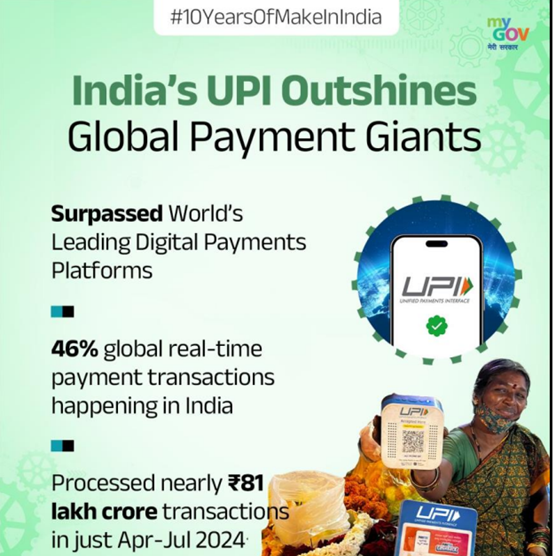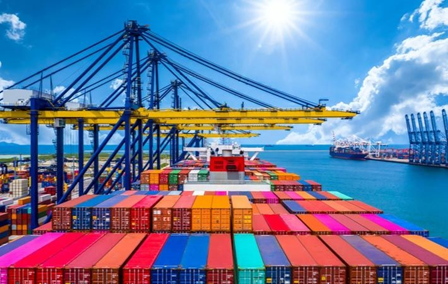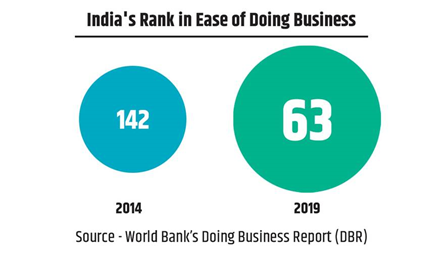Prime Minister Narendra Modi has hailed the completion of 10 years of ‘Make In India’ initiative and says the collective resolve of 140 crore Indians was transforming the nation into a manufacturing and innovation powerhouse. Penning a blog on the milestones and landmarks achieved under the flagship scheme, PM Modi wrote: “The impact of Make in India shows that Bharat is unstoppable.”
10 yrs Of ‘Make in India’
Why In News
- Prime Minister Narendra Modi has hailed the completion of 10 years of ‘Make In India’ initiative and says the collective resolve of 140 crore Indians was transforming the nation into a manufacturing and innovation powerhouse. Penning a blog on the milestones and landmarks achieved under the flagship scheme, PM Modi wrote: “The impact of Make in India shows that Bharat is unstoppable.”
- Government launched the “Make in India” initiative on 25 September 2014 to facilitate investment, foster innovation, build best-in-class infrastructure, and make India a hub for manufacturing, design and innovation. The initiative, launched in 2014, aimed to boost domestic manufacturing, attract foreign investment, and position India as a key player in the global supply chain. A decade later, the results speak volumes about the success of this ambitious undertaking.
4 Pillars Of “Make In India” Initiative
- New Processes: To enhance the business environment, promote entrepreneurship and startups – ‘ease of doing business’ became a crucial factor.
- New Infrastructure:Development of industrial corridors, smart cities, integrating state-of-the-art technology and high-speed communication to create world-class infrastructure, improving intellectual property rights (IPR) infrastructure etc.
- New Sectors: Opening of Foreign Direct Investment (FDI) in sectors like Defence Production, Insurance, Medical Devices, Construction, and Railway infrastructure.
- New Mindset: In order to support industrial growth and innovation – the government embraced a role as a facilitator rather than a regulator. The Government partners with industry in the economic development of the country.
Initiatives
Achievements
- Before the launch of the ‘Make in India’ initiative the mobile imports of the country in 2014-15 were Rs 48,609 crore which reduced to Rs 7665 crore in 2023-24. From 2 to 200+: In 2014, India had only two mobile manufacturing units. Today, that number has exploded to over 200. Mobile exports have seen an astounding increase of 7,500%, reaching Rs 1.2 trillion. An impressive 99% of mobile phones used in India are now manufactured domestically. India has become the second-largest mobile manufacturer in the world.
- Steel Industry: Turning the Tables on Imports : Net Exporter Status: India has transitioned from being a net importer to a net exporter of finished steel. Steel production has increased by over 50% since 2014.
- Semiconductors: Investing in the Future : Semiconductor manufacturing sector has attracted investments worth over Rs 1.5 trillion. New plants are set to produce more than 70 million chips daily.
- Renewable Energy and Electric Vehicles: Powering a Greener Future , India now stands as the fourth-largest producer of renewable energy.The country has seen a 400% increase in renewable energy capacity over the last decade.
- EV Industry Boom: The electric vehicle sector, virtually non-existent in 2014, has grown into a $3 billion industry.
- Defence Exports: From Importer to Exporter : Defence production exports have skyrocketed from Rs 1,000 crore to Rs 21,000 crore. Indian-made defence products are now exported to over 85 countries. India is achieving remarkable milestones in defence production, exemplified by the launch of INS Vikrant, the country’s first domestically made aircraft carrier. This initiative is part of India’s broader goal to reduce imports and become self-reliant (Atmanirbhar) in the defence sector. In 2023-24, defence production has soared to ₹1.27 lakh crore, with exports reaching over 90 countries, showcasing India’s growing strength and capability in this critical area.
- India recorded merchandise exports worth $437.06 billion in FY 2023-24, reflecting the country’s growing role in global trade.
- Indian bicycles have gained international acclaim, with exports to the UK, Germany, and the Netherlands soaring. This surge highlights the global recognition of Indian engineering and design.
- ‘Made in Bihar’ boots are now part of the Russian Army’s equipment, marking a significant milestone for Indian products in the global defence market and showcasing the country’s high manufacturing standards.
- Kashmir willow bats have become a global favourite. Their popularity underscores India’s exceptional craftsmanship and influence in international cricket.
- Amul has expanded its presence by launching its dairy products in the US. This international venture reflects the global appeal of Indian Flavours and Amul’s role in promoting Indian dairy on the world stage.
- The textile industry has created a staggering 14.5 crore jobs across the country, significantly contributing to India’s employment landscape.
- India produces an impressive 400 million toys annually, with 10 new toys being created every second.
Ease Of Doing Business
- India made remarkable progress in improving its business environment, climbing from 142nd in 2014 to 63rd in the World Bank’s Doing Business Report (DBR) 2020, published in October 2019 before its discontinuation.
